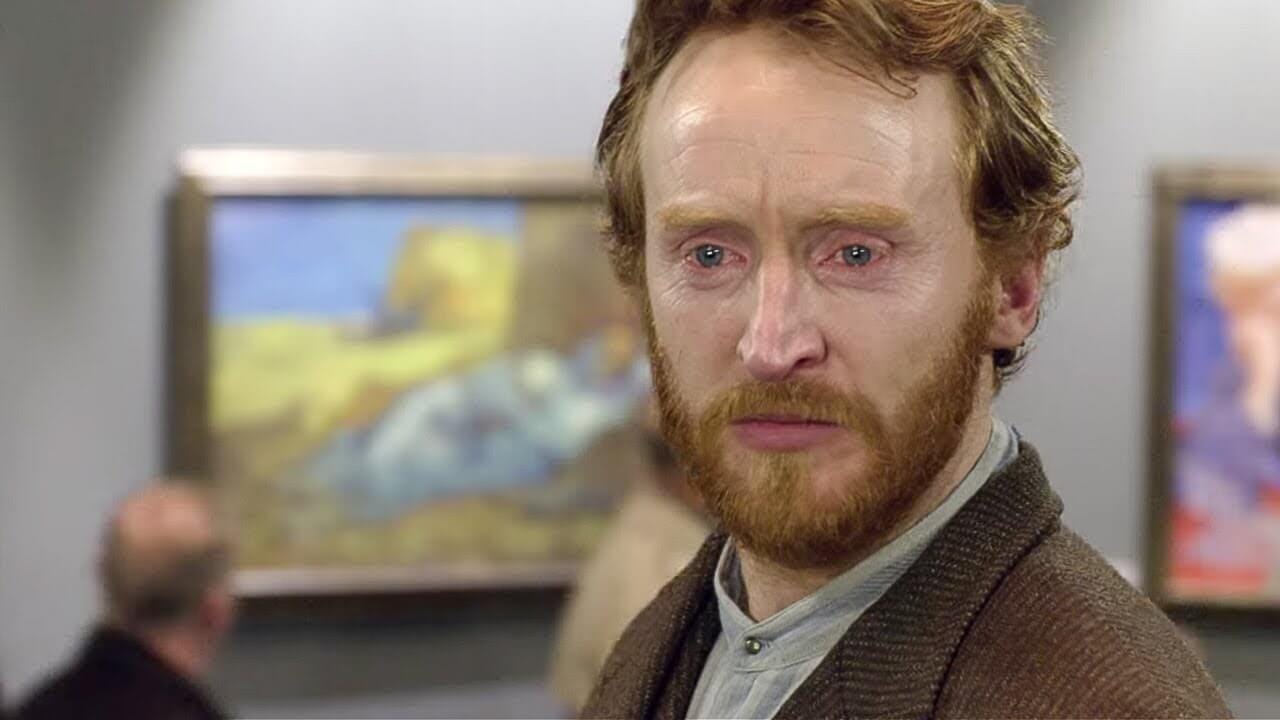Creative thinking empowers us to imagine the life-serving potential of the things around us. And, by putting those ideas into action, we can reap the benefits.
For example, silicon—an abundant element found in impure form in most sand and rocks—was, for a long time, used primarily for making glass, mortar, beads, and alloys. But, after creative thinkers such as Jöns Berzelius learned how to isolate it and Mohamed Atalla figured out how to make it more conductive, it became a key material in microprocessors—which help power all portable computing devices today. Creative thinking is part of the bridge between sand and smartphones.
This all requires a great deal of intelligence and imagination. But creative thinking takes more than this. It requires a mental shift to deal productively with people’s appraisals of you and your work.
Consider, for instance, a natural part of creative work: challenging the norm. Any time you introduce a new idea, it can act as a middle finger to established ideas and theories—you risk scoffs, stares, criticisms, ostracization, or being unrecognized for years or even your whole life.
In 1886, Vincent van Gogh clashed with his painting teacher and drawing teachers due to his unconventional style. During one of his drawing classes, he lashed out at his teacher, Eugène Siberdt (for tearing up his sketch of Venus de Milo), saying, “You clearly do not know what a young woman is like, God damn it! A woman must have hips, buttocks, a pelvis in which she can carry a baby!” Van Gogh moved to Paris shortly after.
Despite this “setback,” he continued painting. In his two-year stint in Paris, he painted over two hundred pieces (on average, one every three or four days). And he did this despite his life-long mental health issues, his excessive smoking and drinking habits, and being ostracized by his family, friends, and colleagues.
He went on to become one of the world’s most famous painters—but not before his death in 1890 at only thirty-seven years old.1
Van Gogh shows us that producing a lot of work, developing your style, and acting on your creativity are possible despite people rejecting you. How did he do this?
It’s a common assumption that you need approval from others in order to “validate” your creative work. However, this isn’t true. The purpose of any creative endeavor, ultimately, is to serve your values. It may be a value to you to please others with your work (if your goal is to make money). But, there are plenty of other reasons you may want to do creative work besides that. For example, you may enjoy mastering and stylizing the technical skills of your craft as van Gogh did, or you may find a creative outlet, such as knitting, relaxing and rewarding because it’s slow-paced and nets you a colorful scarf every once in a while. Or perhaps you want to change minds toward a better way of viewing the world. But, even this goal doesn’t mean you have to allow others’ inability to change their minds to affect your motivation or self-esteem. It is simply a fact that irrational people will never change their minds (even in the face of evidence) and that others may need more information before changing theirs. It’s not the case that others’ negative appraisals of your work means there is some irreparable flaw in you or your work. Nor do people’s positive appraisals mean that you are some kind of creative god (as a narcissist would conclude). Most people don’t conclude fully either of these extremes, but these extremes can provide a useful model for judging our evaluations of ourselves. Leaning too much in either of these directions (“I’m hopeless” or “I’m perfect”) can lead to a limiting degree of under confidence or overconfidence. Figure out which you tend to lean toward to be more objective about yourself.
When doing creative work, it’s important to remember the following: Appraisals are just appraisals. They cannot “validate” or “invalidate” you. Only you can.2
Creative thinking—and our happiness—require that we do what rewards us. It’s unsustainable and misery-invoking to let our enthusiasm and self-esteem sink or swim based on others’ appraisals. And, just as van Gogh’s example demonstrates this principle, so too does the work of psychologist Nathaniel Branden:
Creative persons listen to and trust their inner signals more than the average. Their minds are less subservient to the belief systems of others, at least in the area of their creativity. They are more self-sufficient. They may learn from others and be inspired by others. But they value their own thoughts and insights more than the average person does. . . . Studies tell us that creative people are far more likely to record interesting ideas in a notebook; spend time nursing and cultivating them; put energy into exploring where they might lead. They value the productions of their mind.3
Although van Gogh died before he could receive praise for his paintings, this tear-jerking clip from Doctor Who imagines how he might have reacted if he could see the admiration his work receives today.
In the case of noteworthy work, it’s important to keep in mind the same point. Something isn’t noteworthy because it has been “validated” by some external source—whether the group, “God,” or some other alleged authority. Rather, noteworthy means—and can only mean—that something is important because it is valuable to you.
The Six Pillars of Self-Esteem, 46-47





